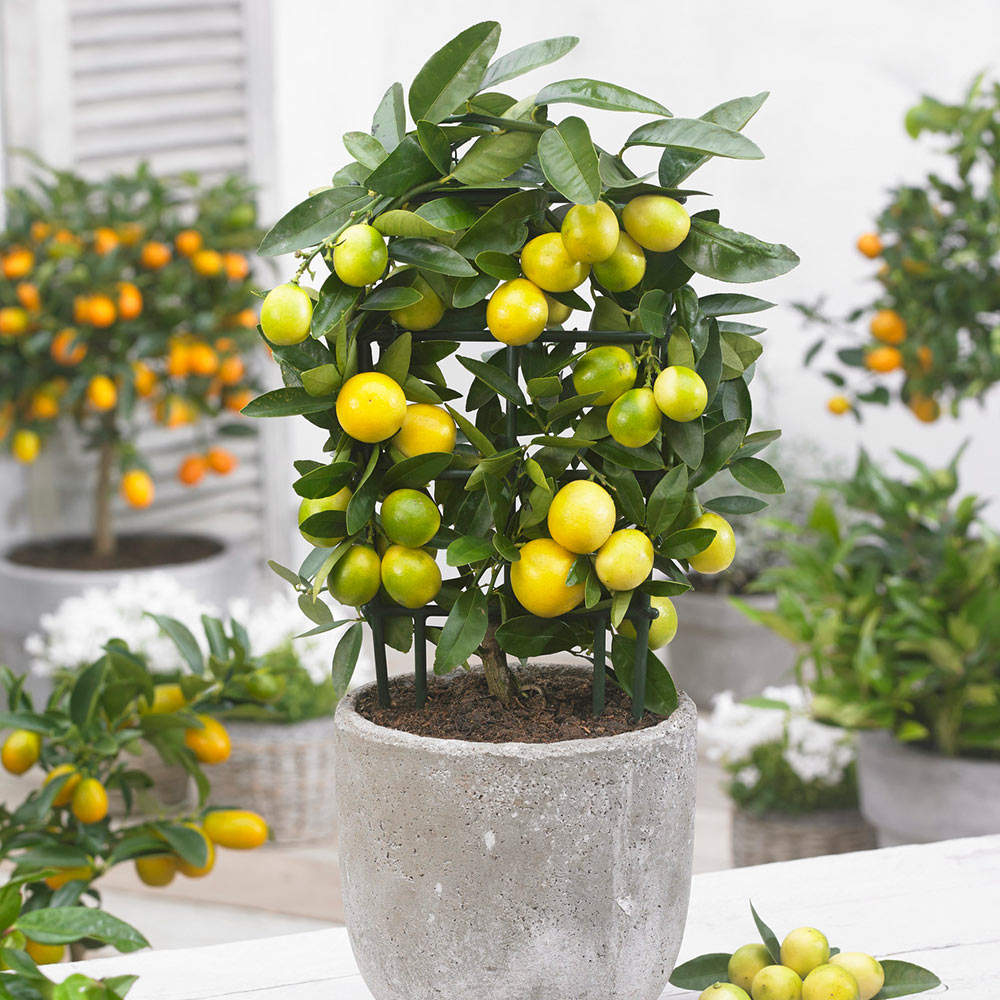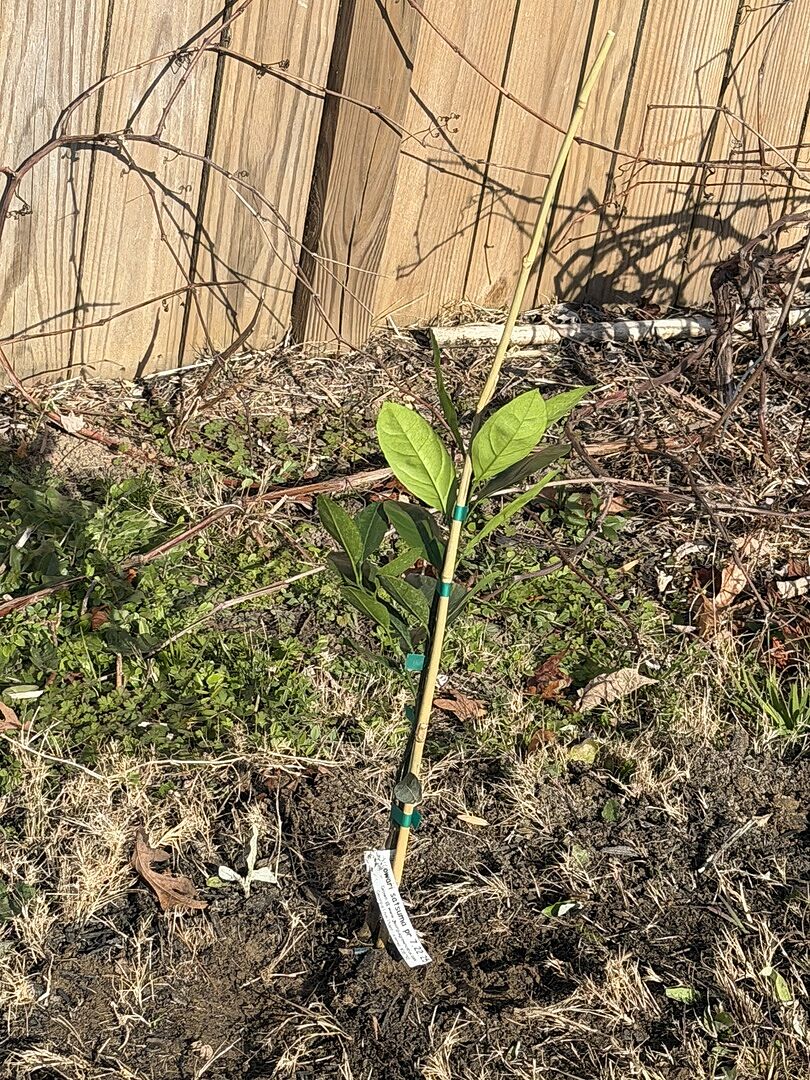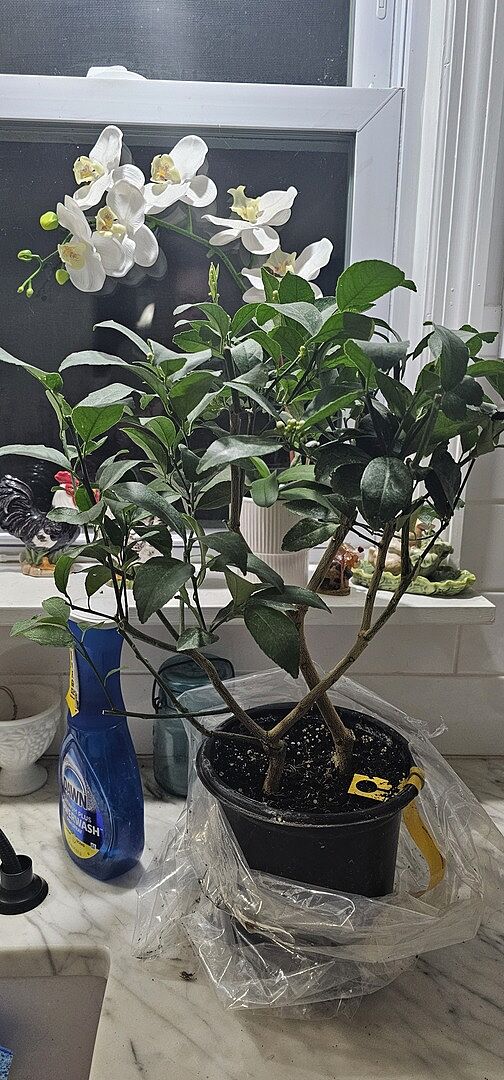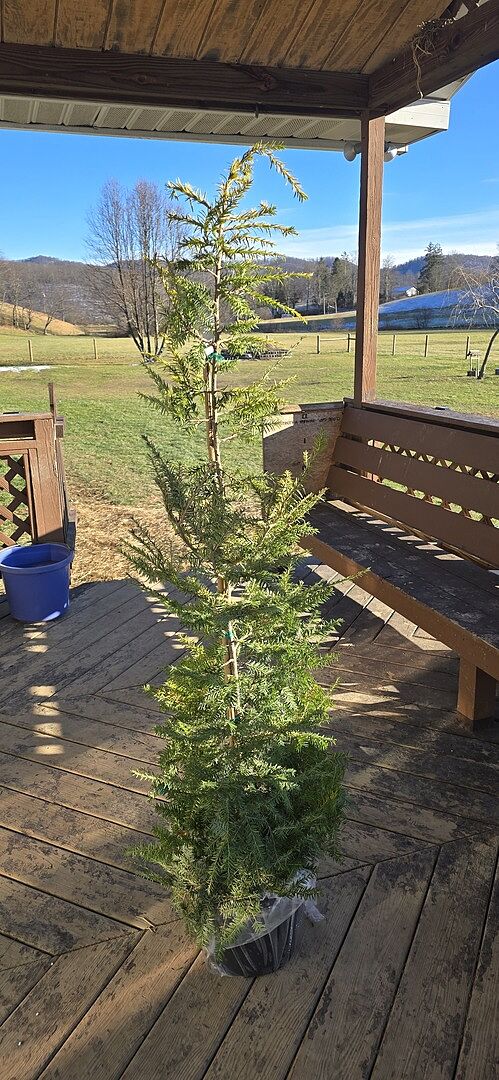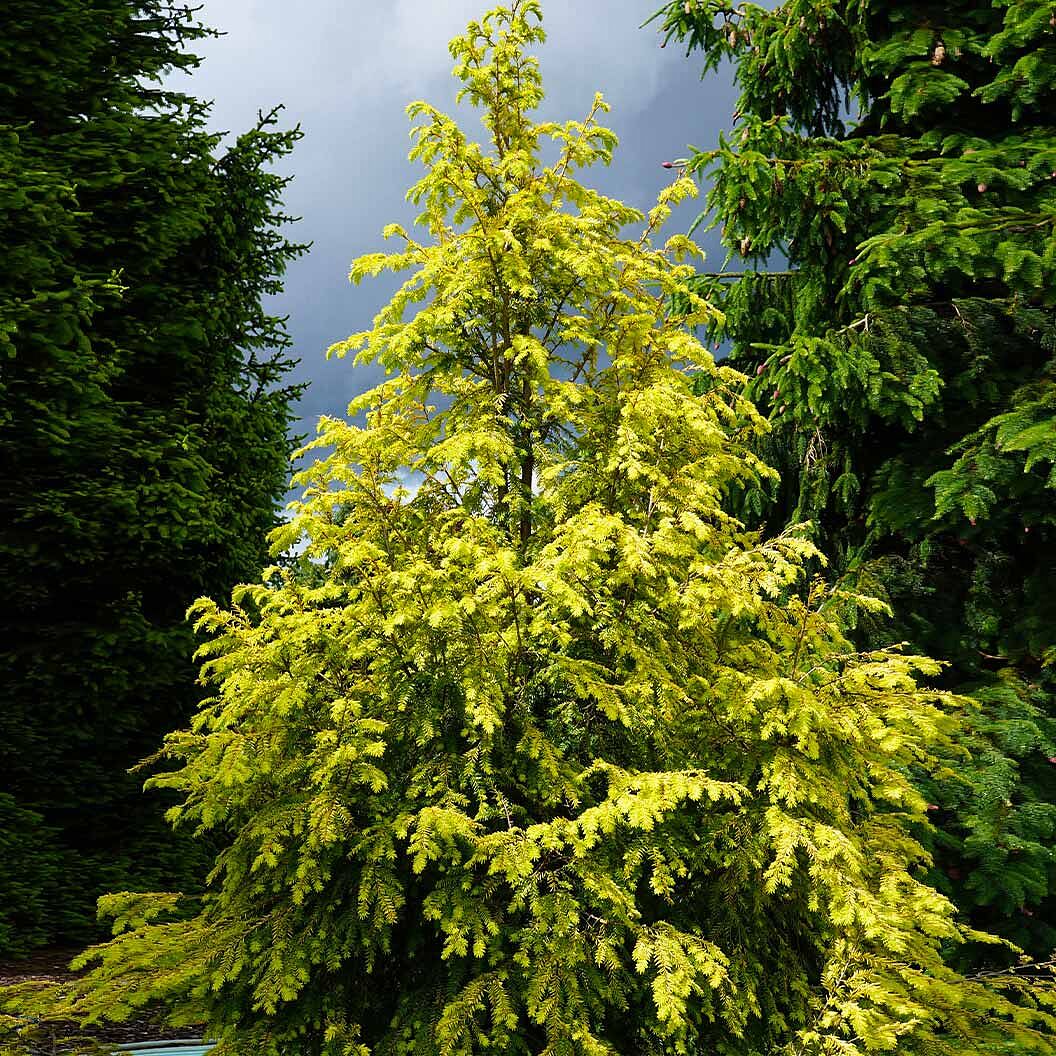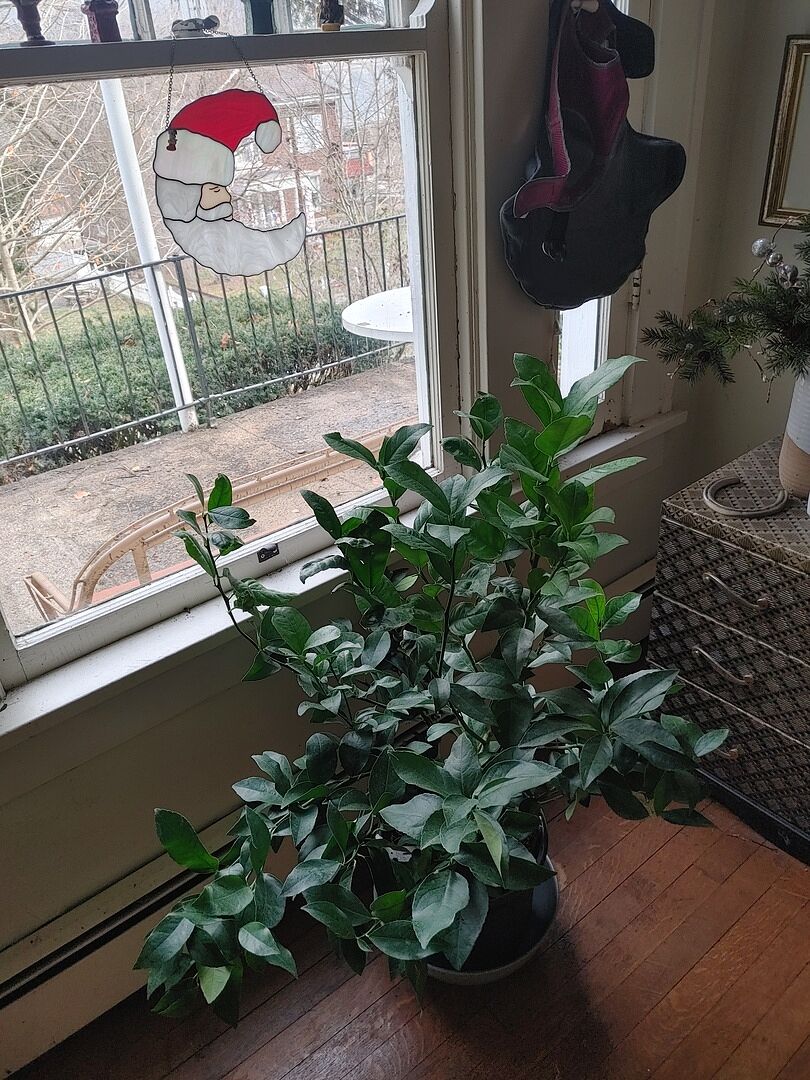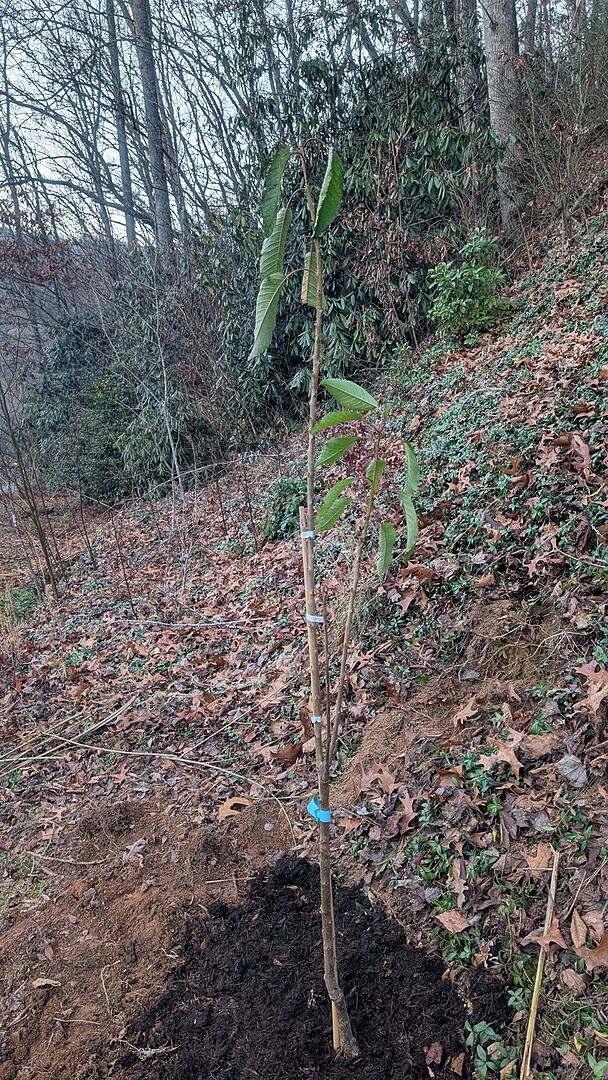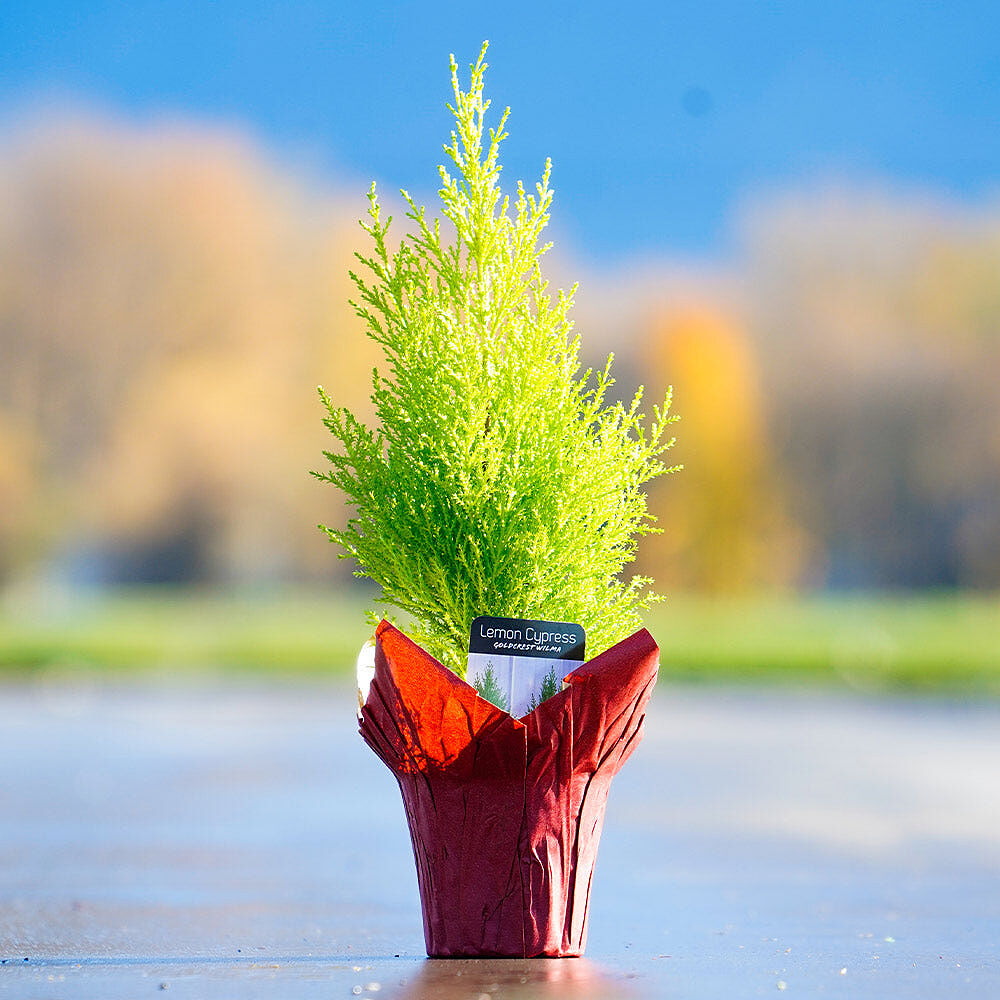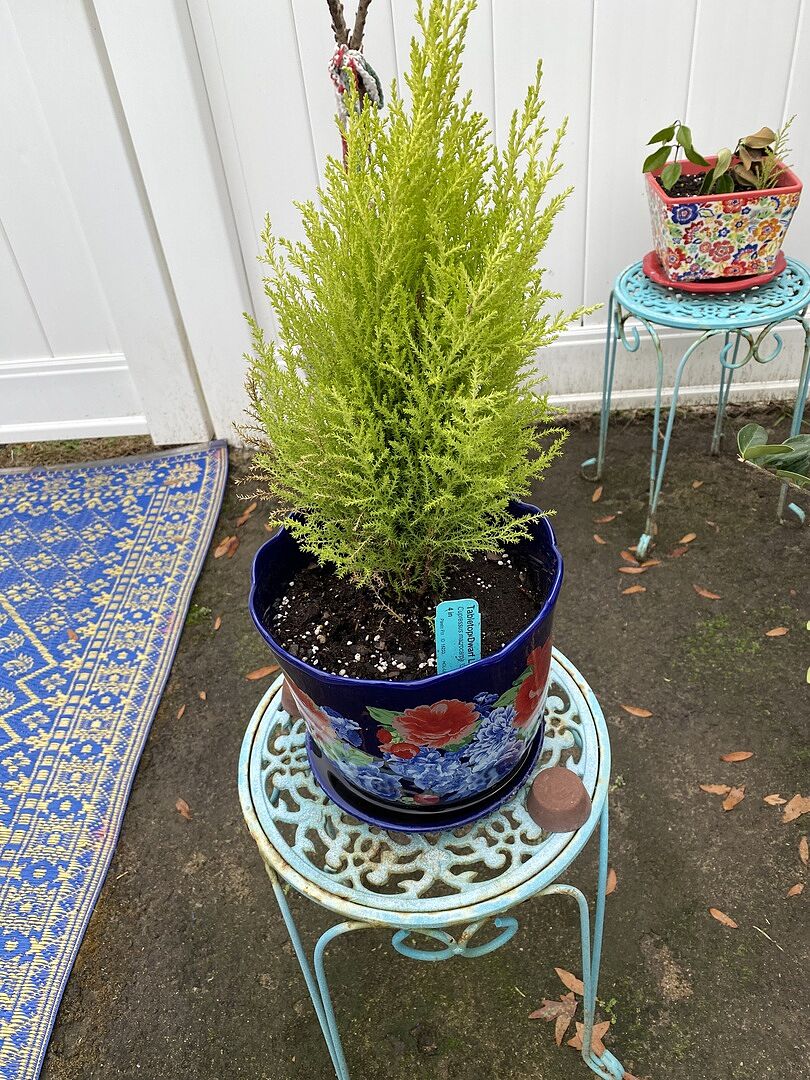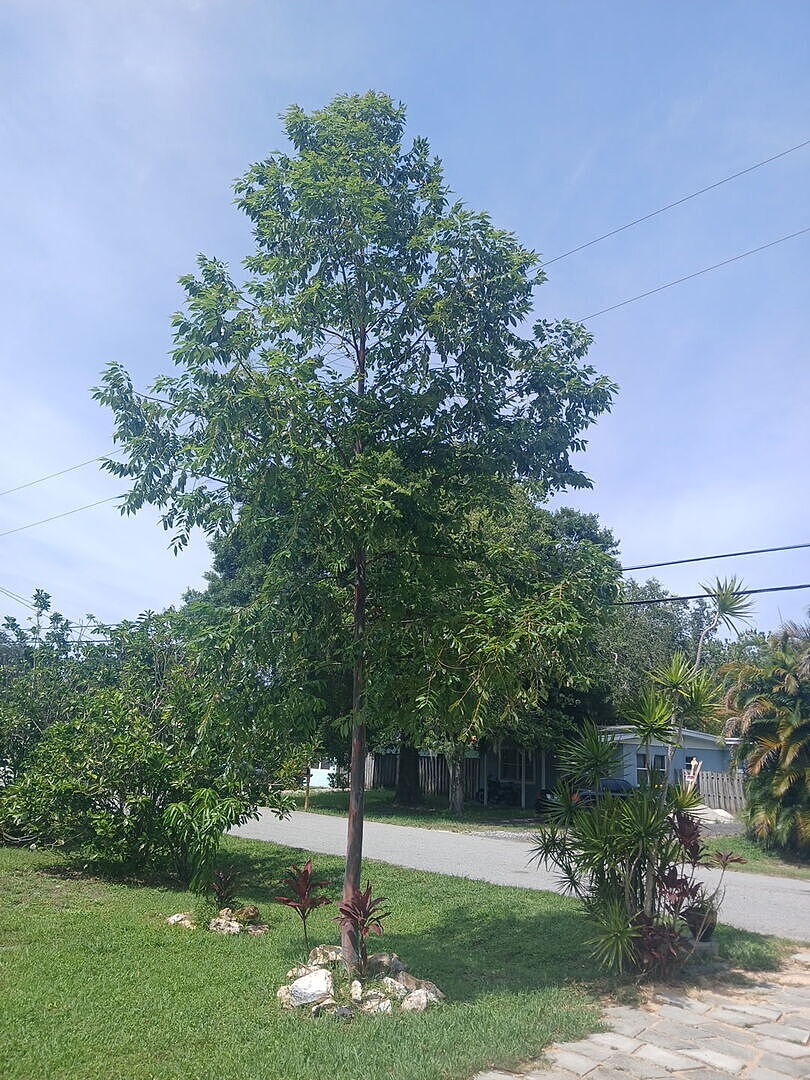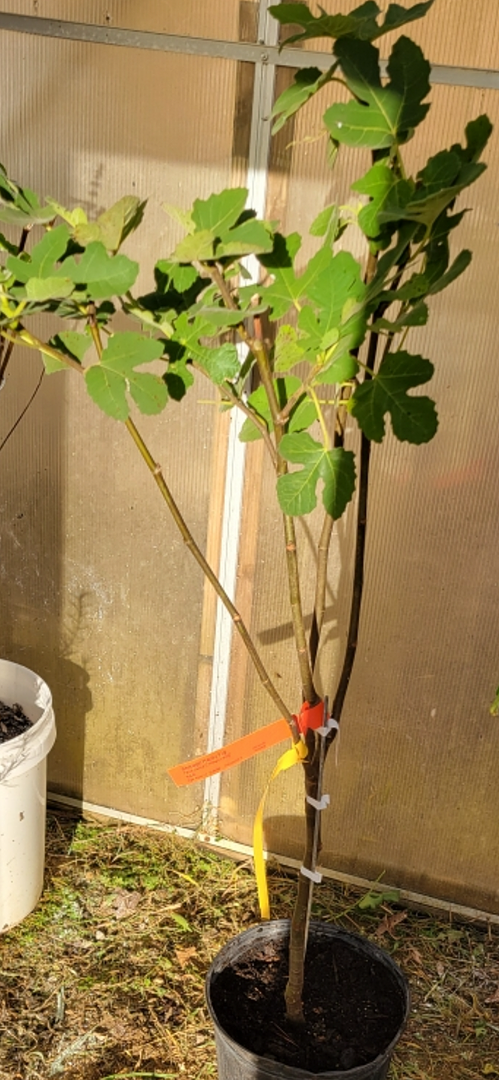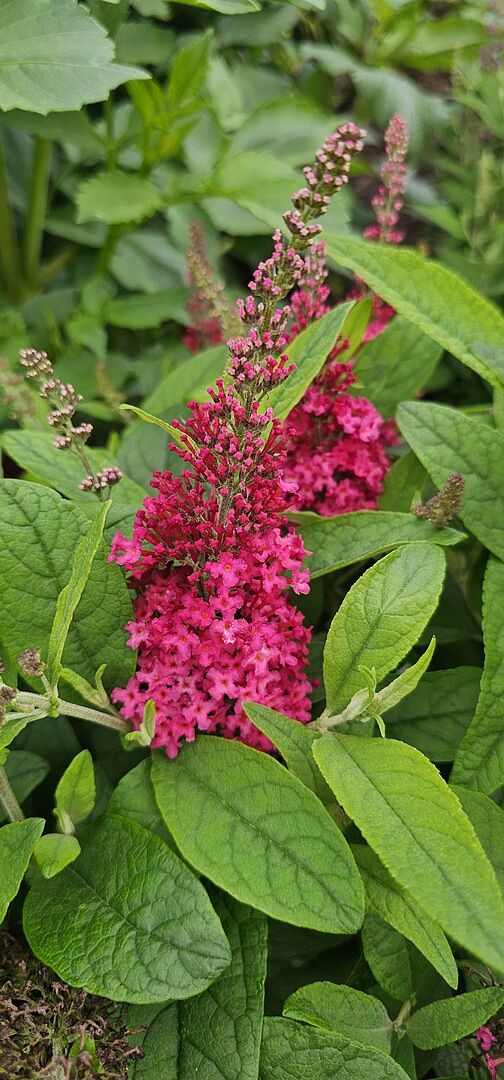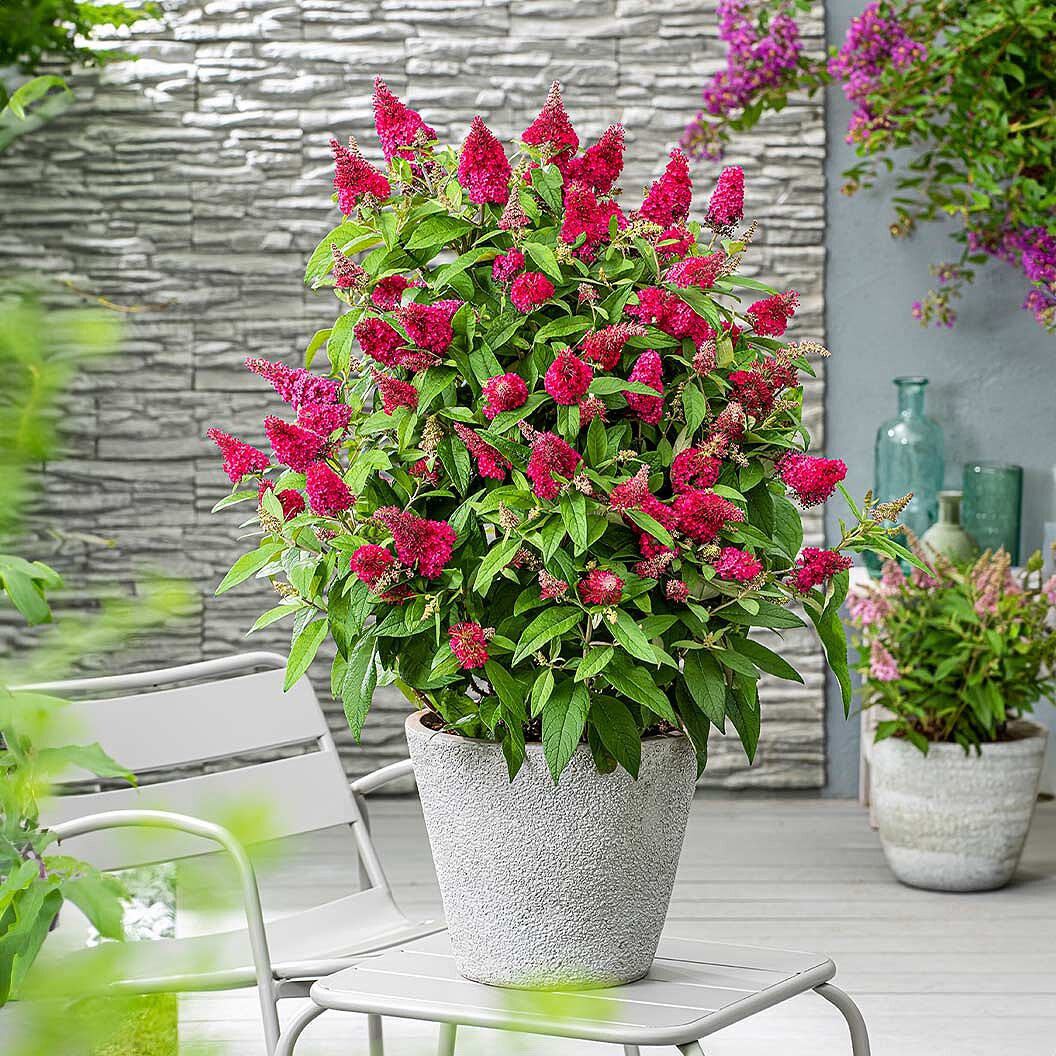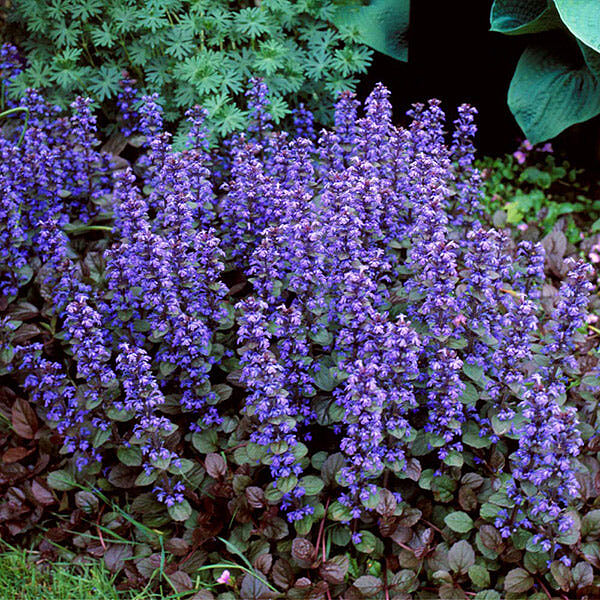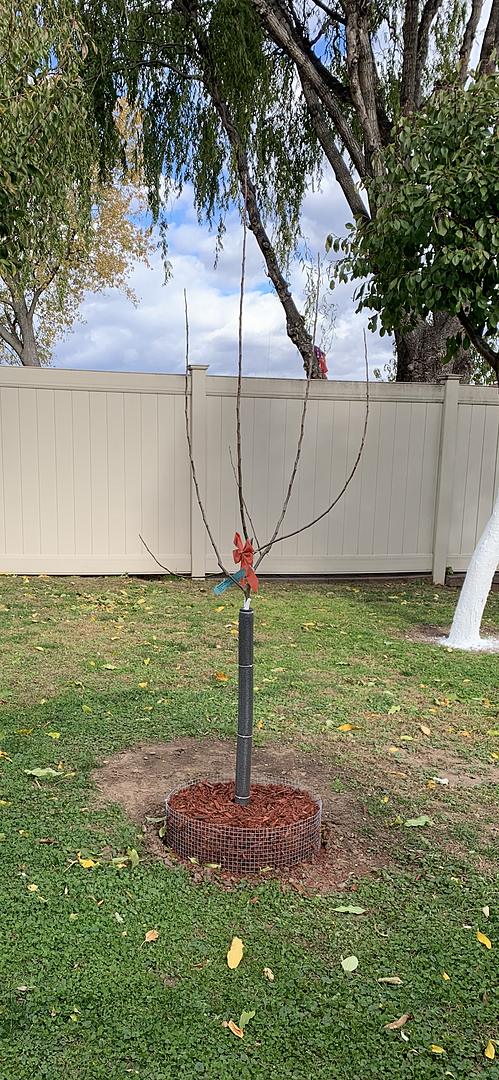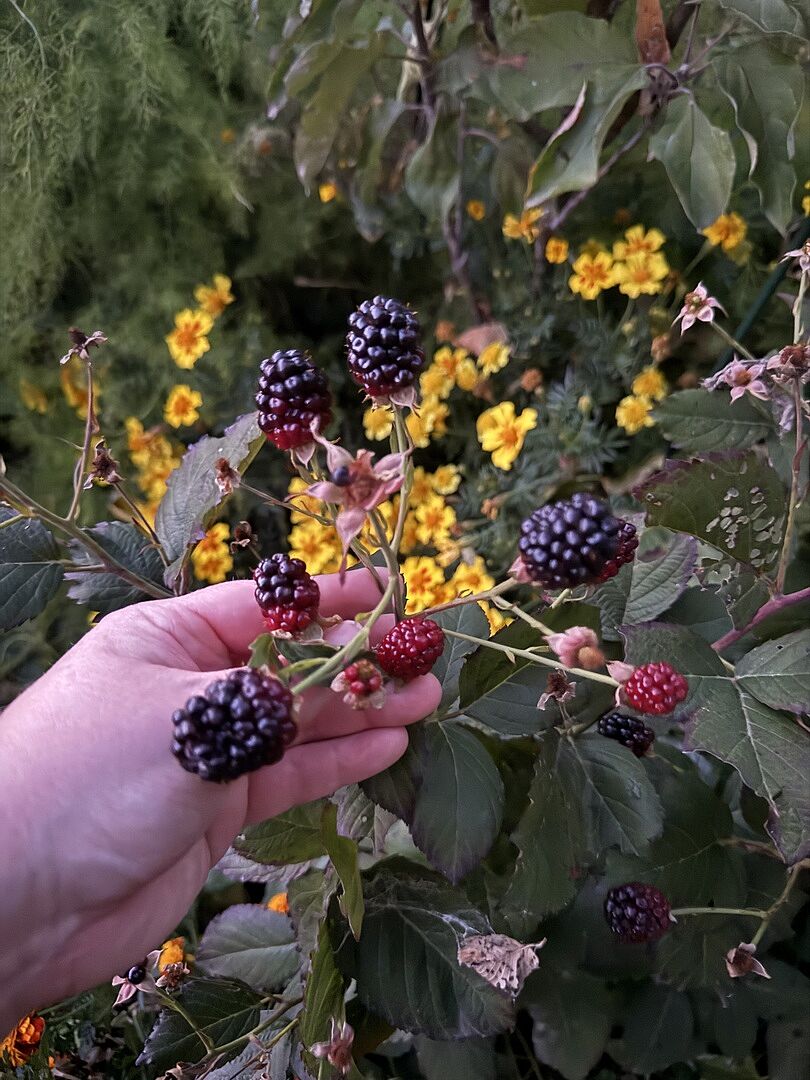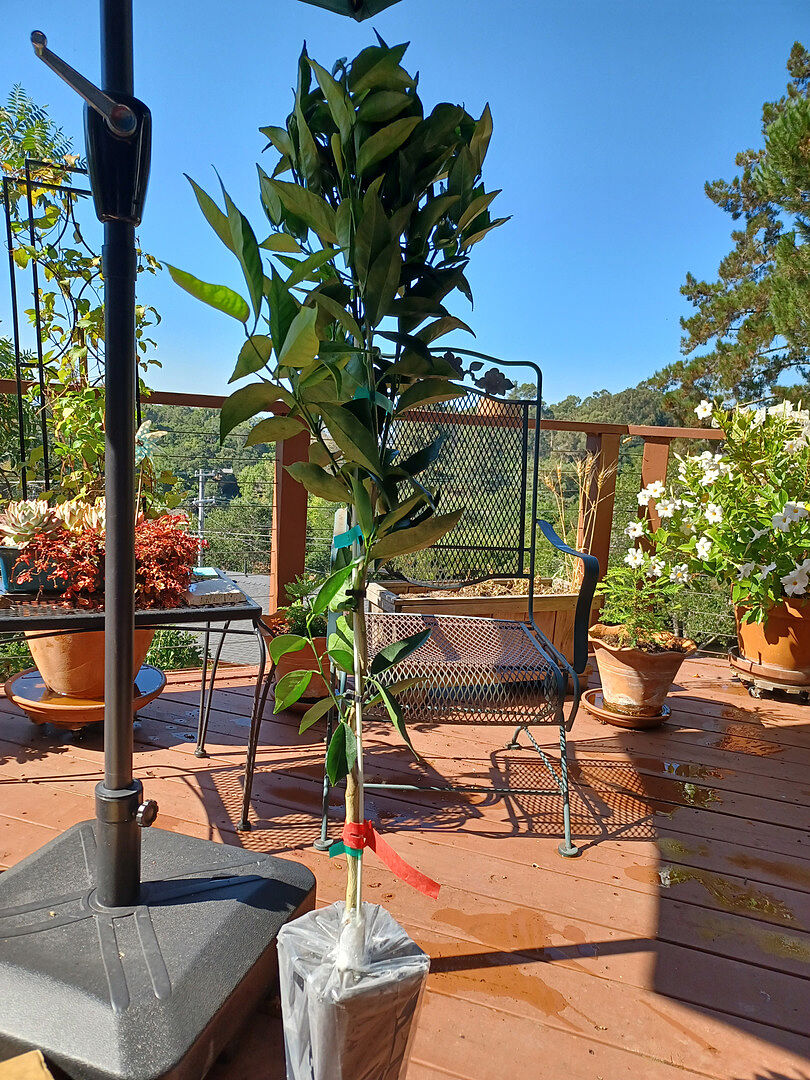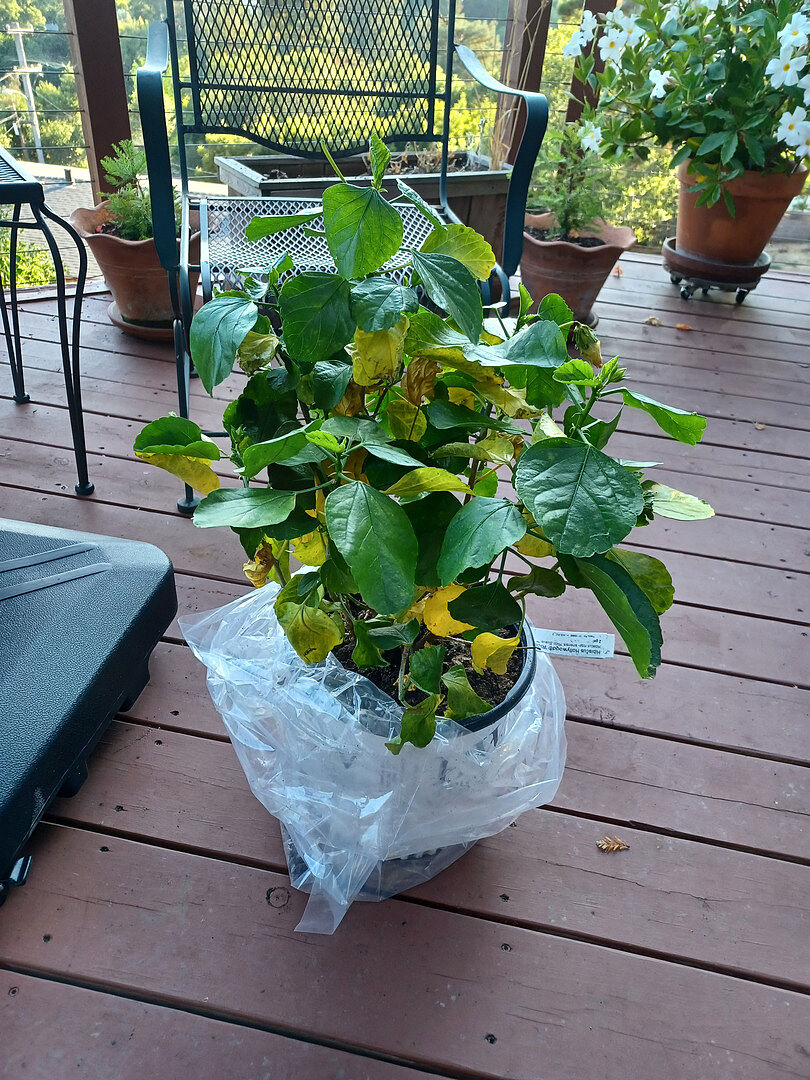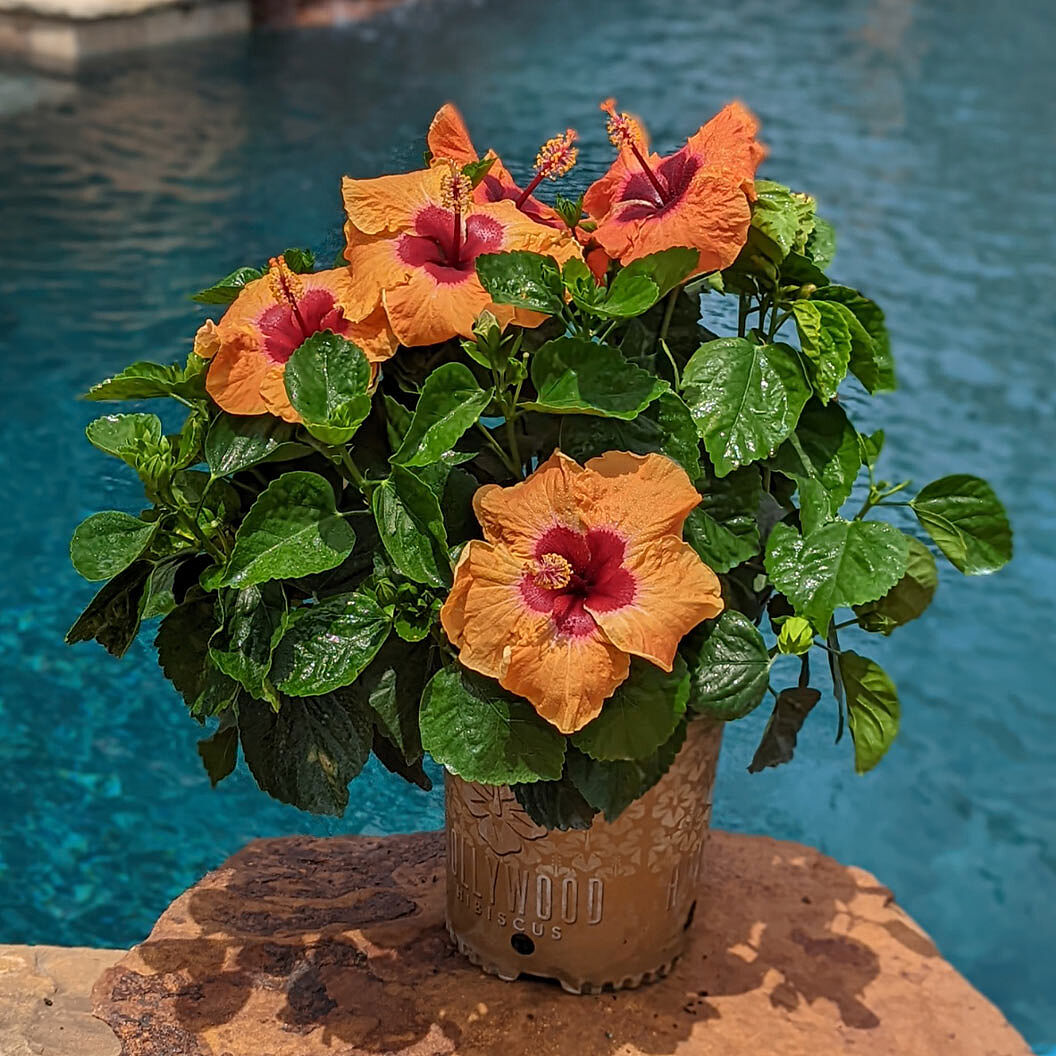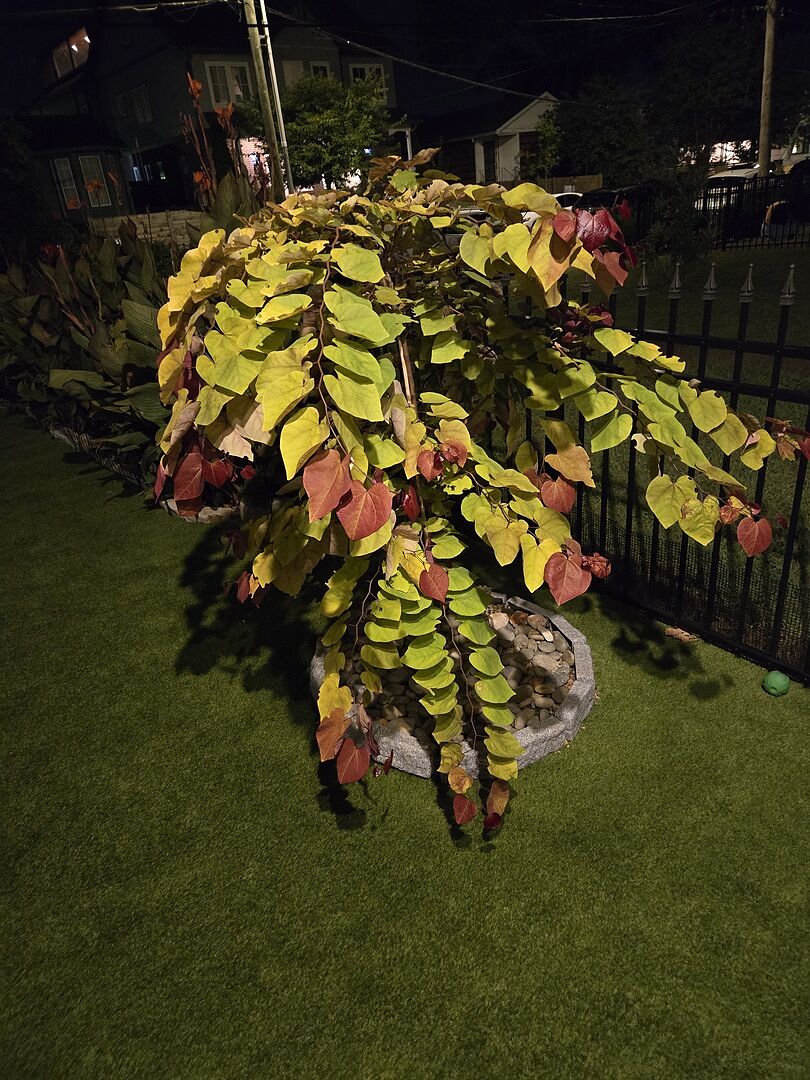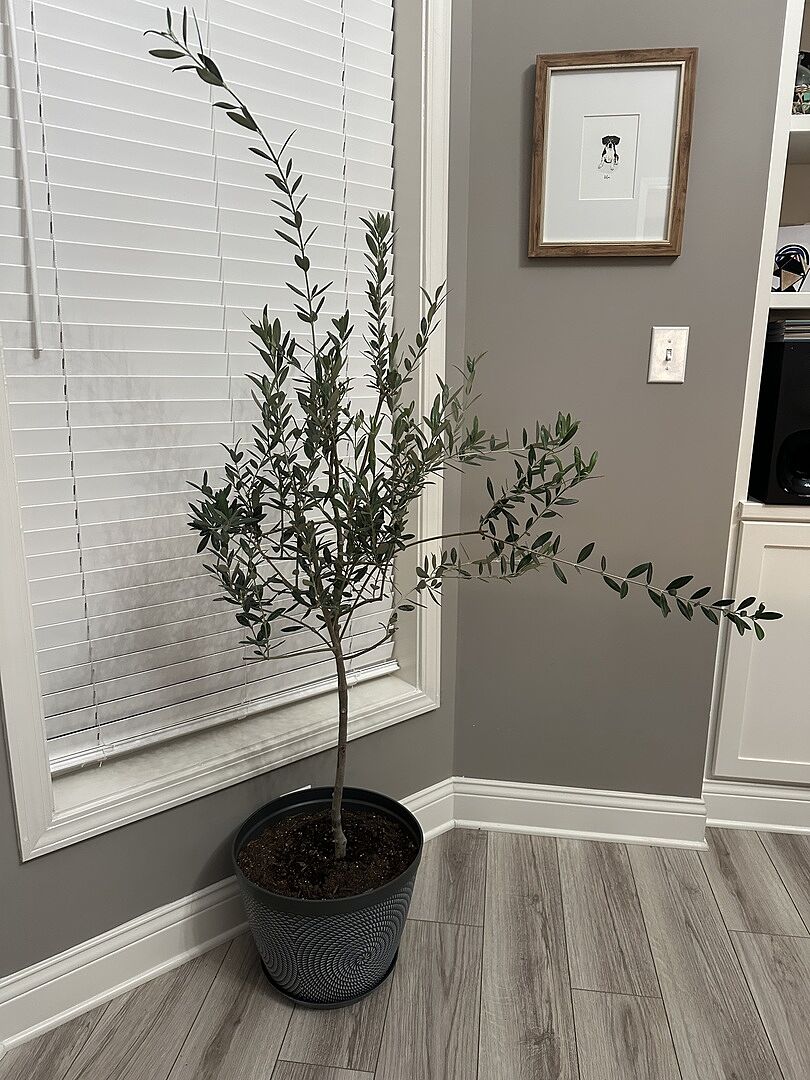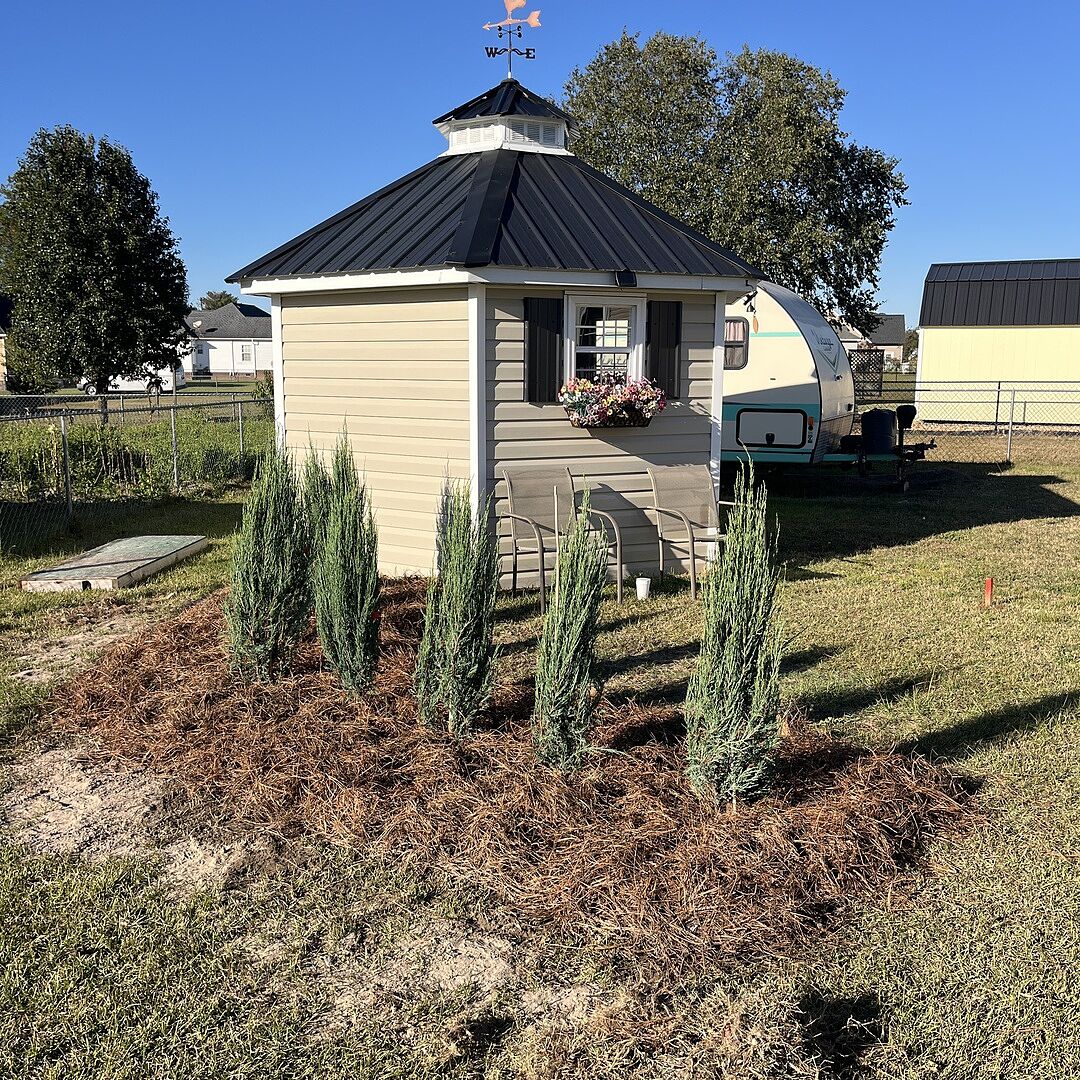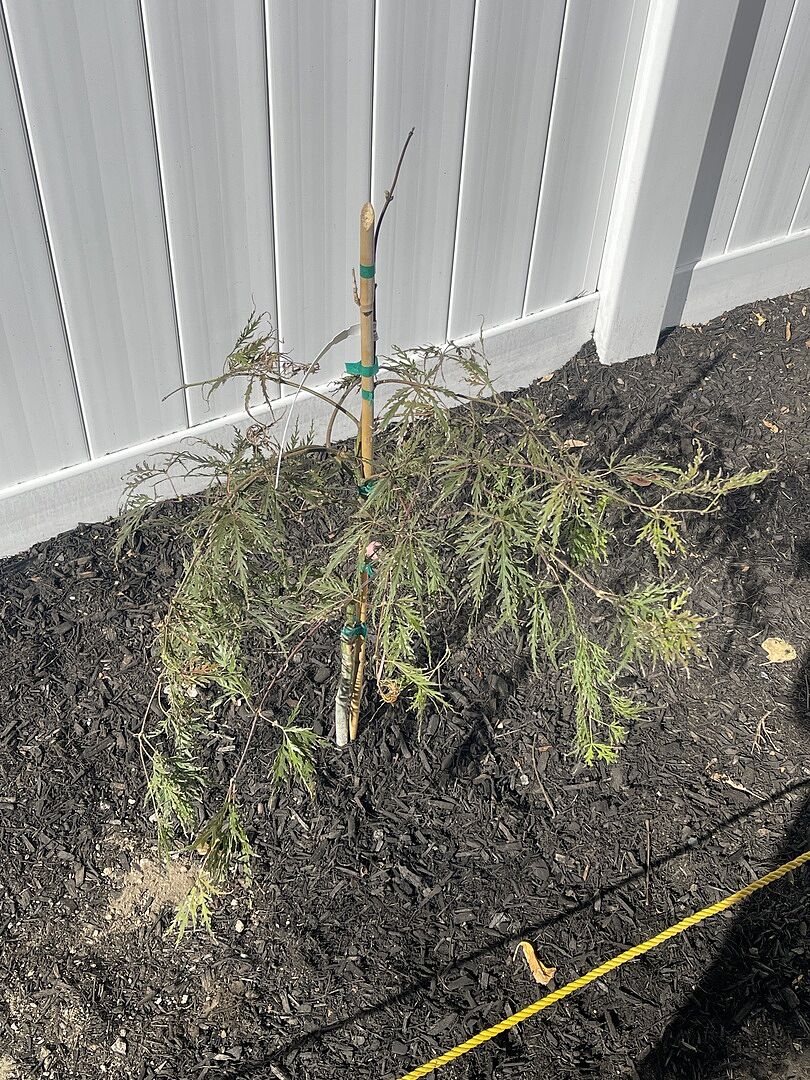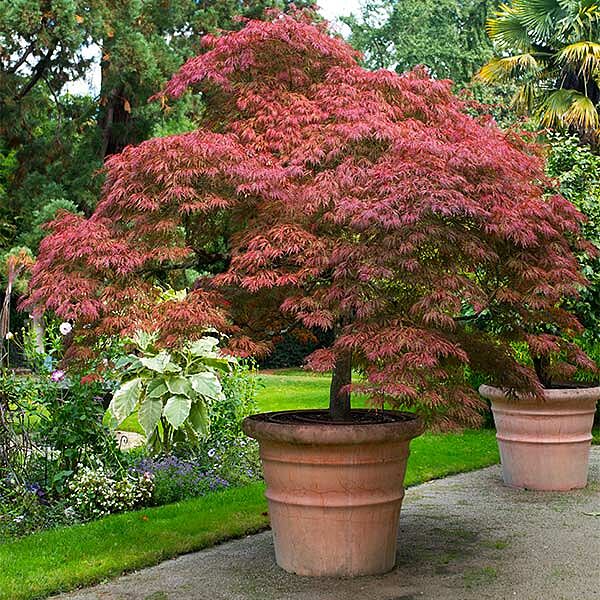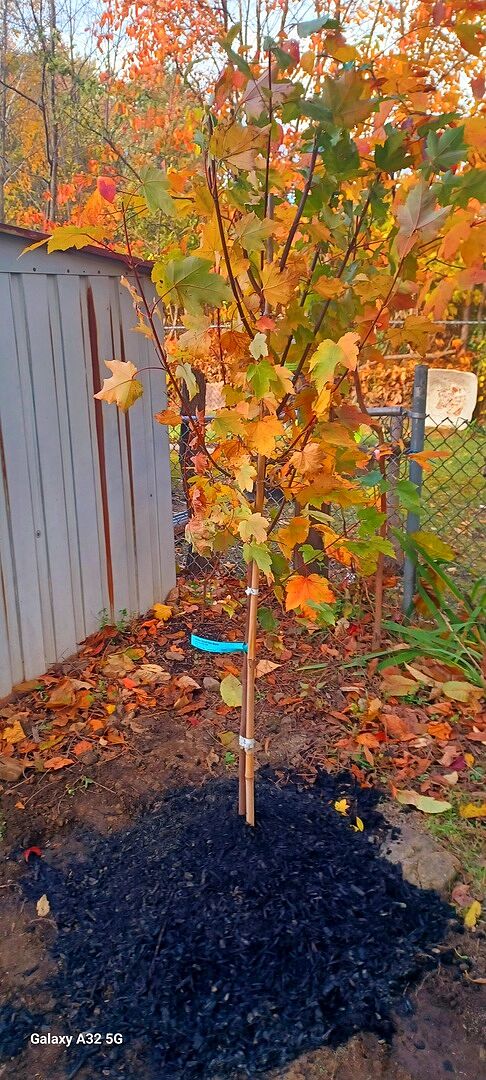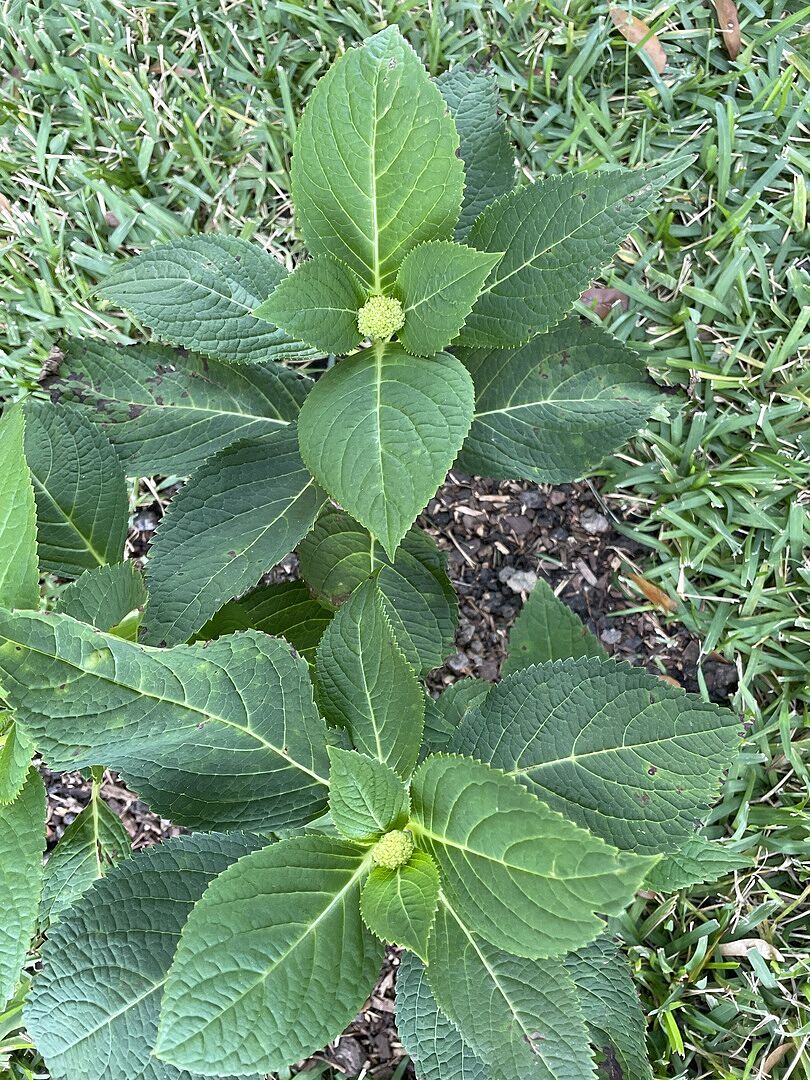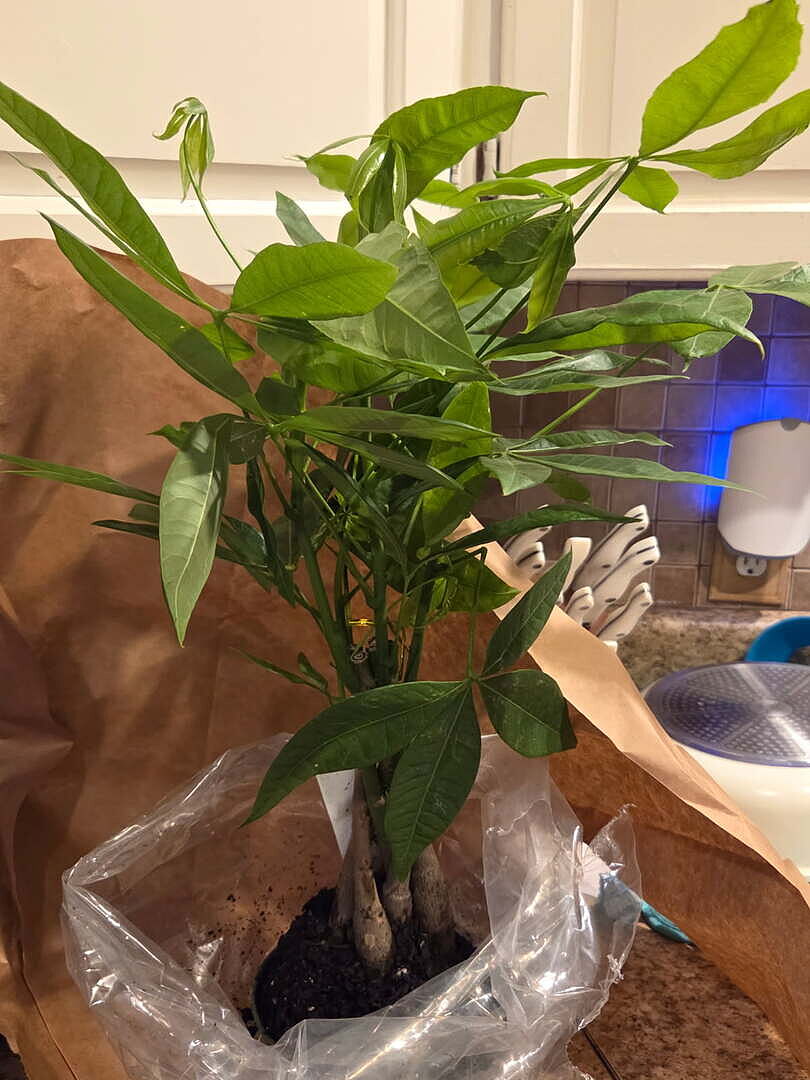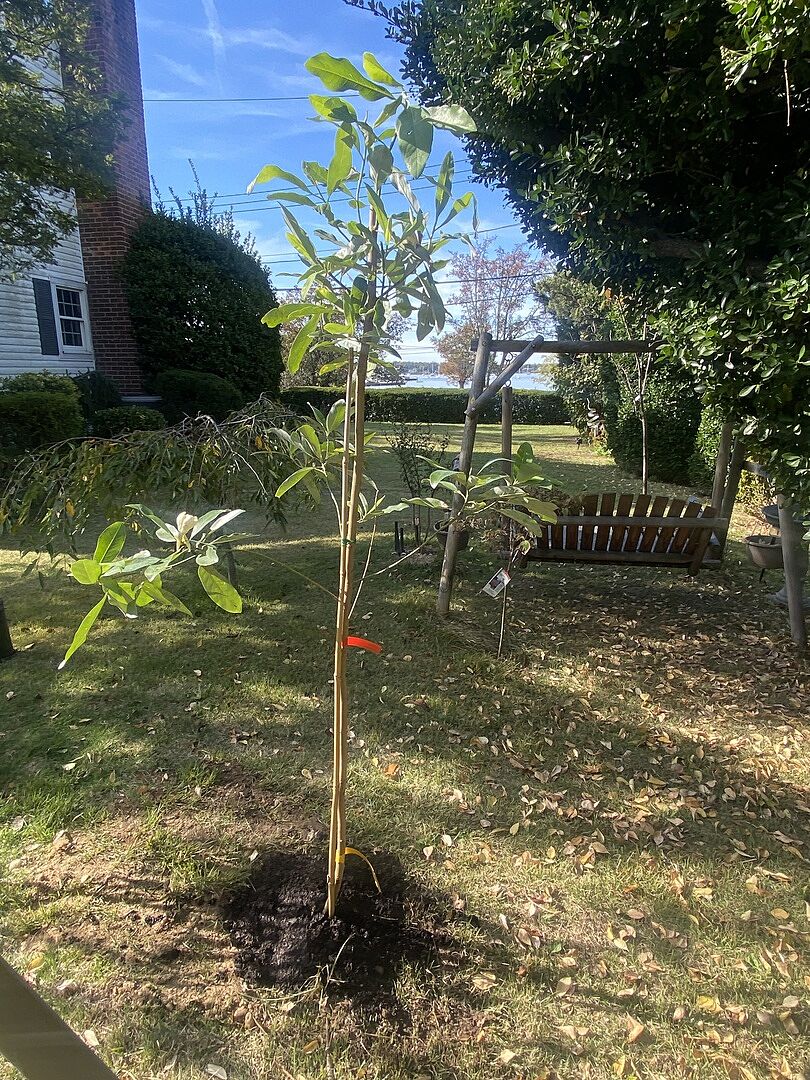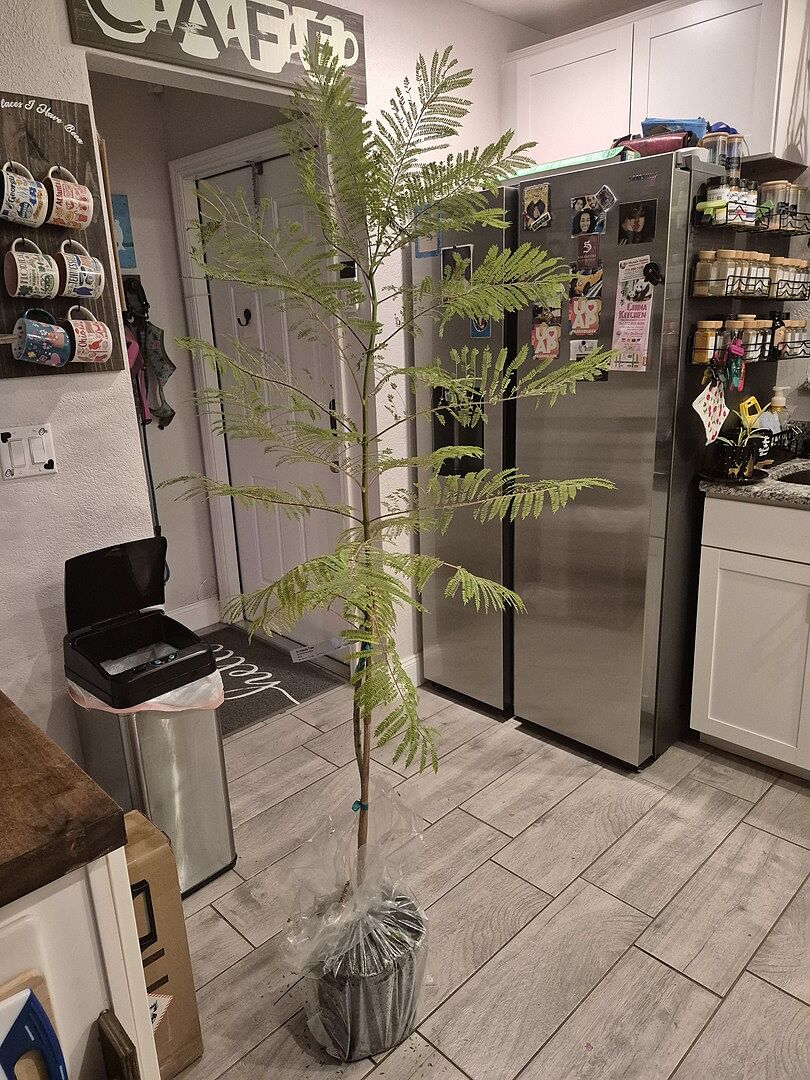Kumquat Trees
Filters
Only items for my growing zone
Zone -
My Location
Only items for my zoneGrowing Zones
Plant Type
Flower Color
Sunlight
Mature Height
Plant Characteristics
Growth Rate
Pollination
Collection Results
Grow Delicious, Tropical Fruit at Home
For those in warm, southern regions, Kumquat trees are a beautiful and delicious selection to enhance your garden. Each kind of Kumquat tree produces a variation of sweet citrus fruit that can fluctuate in both size and taste. Kumquat harvest seasons are often plentiful, and can be enjoyed year after year.
Types of Kumquat Tree
Though all Kumquat trees produce similar fruit and display many similar features, there are a few key differences among the common varieties.

Nagami Kumquat Tree: The Kumquat is the smallest citrus fruit. Among the most traditional types of Kumquat, the Nagami has a skinny, gray-brown trunk with emerald green foliage and vibrant orange fruit. This kumquat variation is sweet and juicy. You can eat it straight from the tree or use the fruit in many different recipes. Nagami Kumquat Tree care is relatively simple. This plant is drought-tolerant, as well as pest and disease-resistant.
Calamondin Orange Tree: This hybrid fruit tree is often grown in hedges, producing a delightful cross between a Mandarin orange and a traditional Kumquat. Its leaves are oblong and abundant, creating a pleasant leafy ball perched atop the thin, brown trunk.
Other Kumquat varieties include:
- Marumi Kumquat: Smaller than the Nagami Kumquat, with thorns and smaller leaves.
- Meiwa Kumquat: Also known as a "round" or "sweet" Kumquat, this is a dwarf Kumquat tree that's great for pots.
- Centennial Variegated Kumquat: This is a larger, sweeter Kumquat variety with striped flesh.
Benefits of Kumquat Trees

To start, Kumquat trees are among the easiest to grow, including potted varieties. These oblong, brightly colored fruits are fresh and delicious, with edible skin and juicy flesh. They can flower and fruit up to twice a year, so you’ll have plenty to share.
The fruit itself is phenomenal in salads, incorporated into cakes, marmalades, or eaten right off the tree.
Kumquat trees are not particularly large, reaching a maximum height of about 14 feet tall (smaller when grown in pots). The lovely white flowers that appear in early spring to summer are light and fragrant, adding to that springtime magic.
Kumquat trees are also non-toxic, and do extremely well with transplants and grafting. They don’t need to be protected from excessive sun, as they were made for hot tropical climates.
How to Plant Kumquat Trees
Delicious, juicy flavor makes the exotic Kumquat Tree one of the most popular fruits on the market. And now, you can grow this one-of-a-kind fruit at home!
Planting directions will depend on the variety you choose, but all Kumquat Trees must be grown in the proper growing zones to start (or grown indoors, if you live in a cooler area). Kumquat Trees thrive outdoors in zones 8-11. In cooler areas, you'll want to keep it in a pot and bring it indoors in winter.
To plant your Kumquat Tree, select an area with well-drained soil or choose a container large enough to accommodate the tree’s root ball, place your tree, and backfill the soil. Finally, water the surrounding soil to settle your tree’s roots and mulch to conserve moisture if it's growing outside.
Cultivating Your Kumquat Tree
When growing in a container, you’ll want the largest you can find - ideally 5 gallons or more. Good drainage and air circulation are incredibly important. You should repot every 2-3 years to allow for ongoing growth.
Pruning is best done after harvest has been completed. Cut away suckers after initial planting, and pinch off the tips of the shoots for best growth.
Fertilize heavily during the growing season, but do not fertilize during winter. Slow-release fertilizer, or a citrus-specific fertilizer, is often most successful with citrus trees. Remember to water it well, keeping the soil moist, not wet.
Get This One-of-a-Kind Fruit Tree!
Abundant and outrageously simple, Kumquat trees are the jewel of warm-weather gardeners everywhere. From the beautiful white blossoms to vibrant green foliage and juicy orange fruit, it's sure to stand out. Get your Kumquat tree today!
Common Questions About Kumquats
How tall do Kumquat Trees get?
Kumquat trees can reach 8-15 feet tall, making them exceptional shrubs, specimen plants, or container plants.
Are Kumquat Tree roots invasive?
No, a Kumquat tree’s roots aren’t invasive.
What is the lifespan of a kumquat tree?
A Kumquat tree can live up to 50 years with proper care and a good location.
Can you grow Kumquats indoors?
Yes—absolutely! But before you do, develop a Kumquat Tree indoor care plan. The key to growing this fantastic plant inside is to ensure it receives as much sunlight as possible. You’ll likely need a grow light. Additionally, remember an indoor Kumquat Tree won’t reach its maximum height.
Bring delicious tart fruit to your table today with our Kumquat plant for sale.



